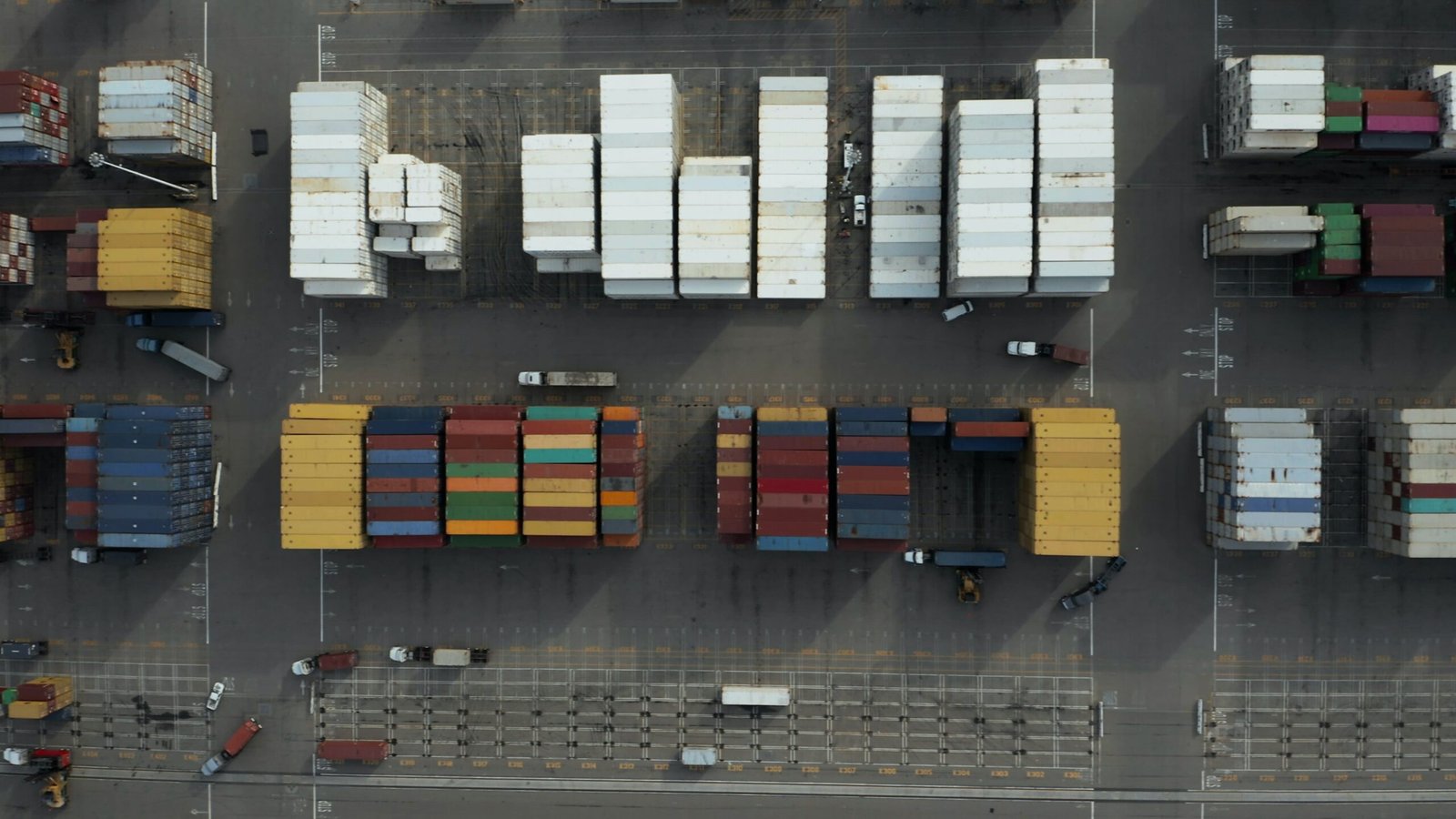Importing goods is a fundamental aspect of international trade, enabling the exchange of products across borders to meet the demands of consumers worldwide. One important concept within the realm of international trade is “import and transit of goods” In this article, we’ll delve into the details of this concept, exploring what it entails, how it works, and its significance in the global trade landscape.
Introduction
When products are imported, they don’t always reach their destination directly. Instead, they might pass through multiple countries or jurisdictions before reaching their final location. This movement of goods, while in the process of being imported, is referred to as “import goods in transit.”
Defining Import Goods in Transit
Import goods in transit refer to the situation where imported products are in motion, typically through multiple countries, before they ultimately arrive at their designated destination. During this transit period, the goods are subject to various regulations, inspections, and documentation requirements.
The Process of Import Goods in Transit
The process of import goods in transit involves several stages:
1. Initial Customs Clearance
When goods enter a new country, they often go through an initial customs clearance process. This ensures that the goods meet the country’s regulations and are fit for transit.
2. Documentation and Tracking
Accurate documentation is crucial during transit. Shipping and customs documents need to be in order, and tracking mechanisms are employed to monitor the movement of goods.
3. Border Crossings
Goods may cross multiple borders during transit, each with its own customs procedures and potential inspections.
4. Final Destination Customs
Upon arrival at the final destination, the goods go through customs clearance once again before they can be released for distribution.
Benefits of Utilizing Transit for Imports
The use of transit for importing goods offers several advantages:
- Cost Efficiency: Transit routes might provide cost savings compared to direct shipping methods.
- Access to Multiple Markets: Transit allows access to various markets along the route, potentially expanding a product’s reach.
- Risk Distribution: Risk is distributed among various transit points, reducing the impact of a single point of failure.
Challenges and Considerations
However, utilizing transit for imports comes with challenges:
- Regulatory Complexity: Navigating the regulations of multiple countries requires expertise.
- Delays and Uncertainties: Transit can introduce delays and uncertainties due to inspections, documentation issues, or unforeseen events.
Customs Regulations and Import Duty
Goods in transit are subject to customs regulations of each country they pass through. Import duties might be applicable, but the specifics vary based on agreements and trade relationships.
Documentation Requirements
Accurate and complete documentation, including bills of lading and customs declarations, is essential to prevent delays or confiscation of goods.
Ensuring Smooth Transit for Import Goods
To ensure a smooth transit process:
- Plan Thoroughly: A comprehensive plan should be in place, addressing potential challenges.
- Choose Reliable Partners: Select trusted carriers, agents, and logistics partners.
- Stay Informed: Keep track of regulatory changes and customs updates in transit countries.
Insurance Coverage for Goods in Transit
Cargo insurance is crucial to mitigate risks associated with loss, damage, theft, or accidents during transit.
Import VAT and Goods in Transit
Import Value-Added Tax (VAT) might apply, and understanding its implications is important for cost calculations.
Comparison with Other Import Methods
Import goods in transit can be compared with direct shipping or other methods like transshipment, each with its own pros and cons.
Global Trade and Economic Impact
Efficient transit of import goods contributes to smoother global trade flows and can have a positive impact on the economy.
Case Studies of Successful Import Goods in Transit
Several case studies highlight the effectiveness of well-planned transit routes in optimizing costs and market reach.
Future Trends in Transit for Imports
Advancements in technology and trade agreements are expected to streamline transit processes further in the future.
Conclusion
In the intricate web of international trade, import goods in transit play a crucial role in ensuring products reach their destinations efficiently. Navigating the complexities of multiple customs regulations, documentation requirements, and potential challenges requires strategic planning and collaboration with reliable partners. As global trade continues to evolve, embracing the concept of import goods in transit can offer businesses a competitive edge in reaching markets and optimizing costs.
FAQs
- What is the purpose of import goods in transit? Import goods in transit allow products to move through multiple countries before reaching their final destination, optimizing costs and market access.
- Are import duties applicable during transit? Yes, import duties might apply based on the regulations and trade agreements of the transit countries.
- Why is accurate documentation important during transit? Accurate documentation ensures smooth customs clearance and helps prevent delays or confiscation of goods.
- What is cargo insurance, and why is it necessary? Cargo insurance provides coverage against risks like damage, loss, or theft during transit, safeguarding businesses from financial losses.
- How does import VAT apply to goods in transit? Import VAT may be levied based on the regulations of the transit country, impacting the overall cost calculations.


